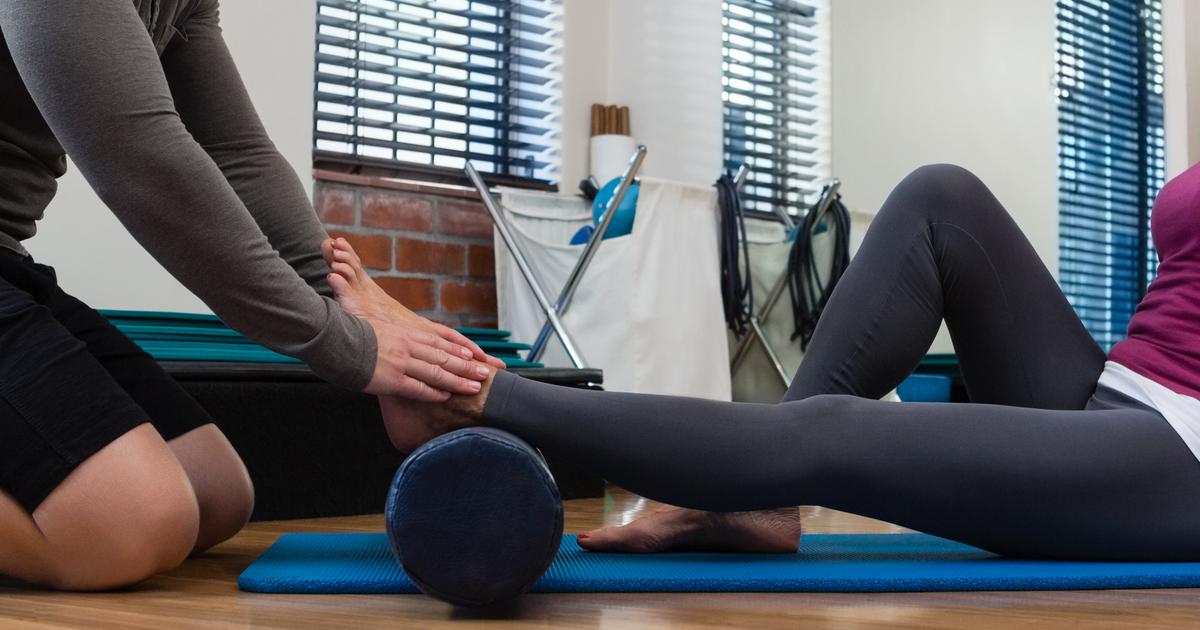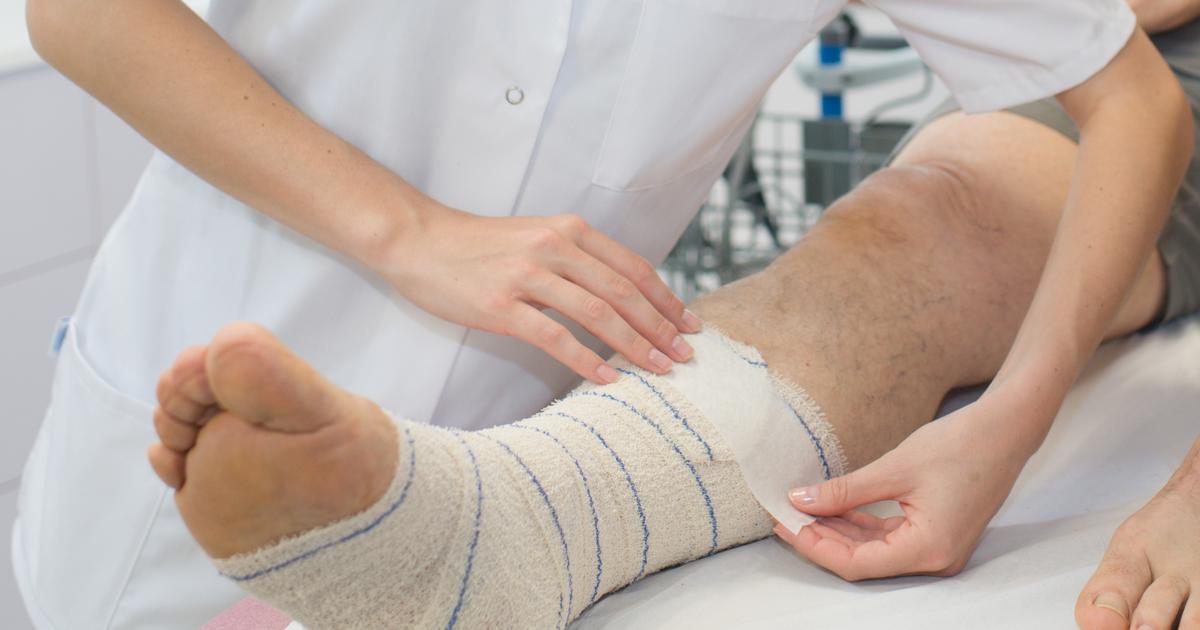Treatment Options For Heel Spurs
Heel spurs are bony growths caused by calcium deposits under the heel. They usually start in the front of the heel and can spread to other areas of the foot. They can be very painful, but some individuals with heel spurs never experience any pain. They are challenging to diagnose, as many heel spurs are too small to see. While heel pain does not necessarily mean you have a heel spur, it is a pretty common overuse injury. Some risk factors include frequent running or jumping, abnormal gait, obesity, poorly fitted shoes, plantar fasciitis, diabetes, increasing age, and having high arches or flat feet.
Shoe Inserts Or Orthotics

Shoe inserts and orthotics can help give the foot extra arch support and reduce the pressure placed on the heel spur. You can find them online and in most pharmacies, though some individuals may wish to visit a specialist. To help with heel spurs, look for shoe inserts or orthotics with firm heel support, a slightly elevated heel, and moderate flexibility. The shoe should have a little bend so your foot has a small amount of resistance when you bend or flex. Custom orthotics are the best option, as they are specially molded to your foot and slip right inside your shoe. However, they can be quite expensive and require a visit to a podiatrist, the previously mentioned specialist.
Physical Therapy

Physical therapy can help with heel spurs by strengthening and balancing the muscles and tendons around the heel spur. It can also help train your body to move in a healthy way; for example, walking with a proper gait. A physical therapist's goal is to help correct biomechanical errors that may have led to the injury. They will take you through the several stages of the healing process, which include regaining full range of motion, restoring normal biomechanics, and even footwear analysis. A physical therapist may also give patients exercises and stretches they can do at home to help with the pain.
Splints At Night

If your pain is at its worst in after you get out of bed in the morning, you might benefit from wearing splints at night. A splint is like a boot you wear on your affected foot. It keeps your foot and ankle from moving around while you sleep. This ensures your plantar fascia will not contract during the night but will stay in a stretched position instead.
The only downside is some individuals find these splints bulky and uncomfortable to wear to bed. For it to work, the splint must be worn consistently for two or three months before results begin to appear. When used faithfully, this method eliminates pain in twenty-five to fifty percent of patients.
Pain Medication

There are essentially two pharmaceutical options for pain relief: over-the-counter pain medication and corticosteroid injections. Over-the-counter options include acetylsalicylic acid, ibuprofen, and naproxen. These anti-inflammatory medications will reduce the inflammation in the tissues, which may help prevent further injuries. Long-term use, however, is not recommended, since it can lead to kidney and stomach problems. Of course, consult a doctor before taking new medications.
Corticosteroid injections have no curative properties; they will only mask the pain. A doctor will make the injection around the pain site. The downside is there is a limit to how many injections you can receive, as steroids can increase the risk for tendon injury.
Taping Stressed Muscles

Taping can be an effective treatment for many injuries, including heels spurs. The great thing about taping is it can relieve your pain almost instantly. All it takes is a roll of medical or kinesiology tape and some knowledge of the best way to tape the injury. Taping the stressed muscles around the heel spur helps support the foot's natural arch and relieve some of the stress placed on the plantar fascia.
At first, patients may need a doctor or physical therapist to demonstrate how to properly tape the foot, but after they learn how, patients can do it yourself. Many online resources are available that can help you learn proper taping methods.
